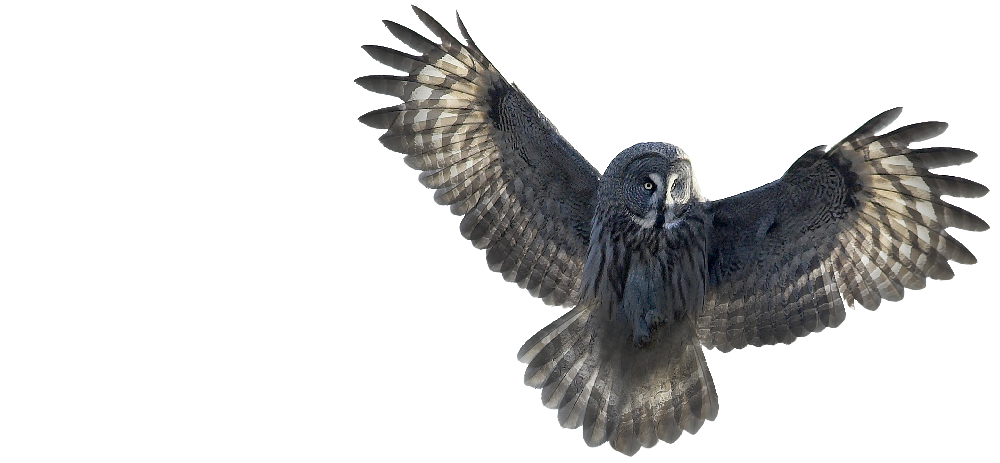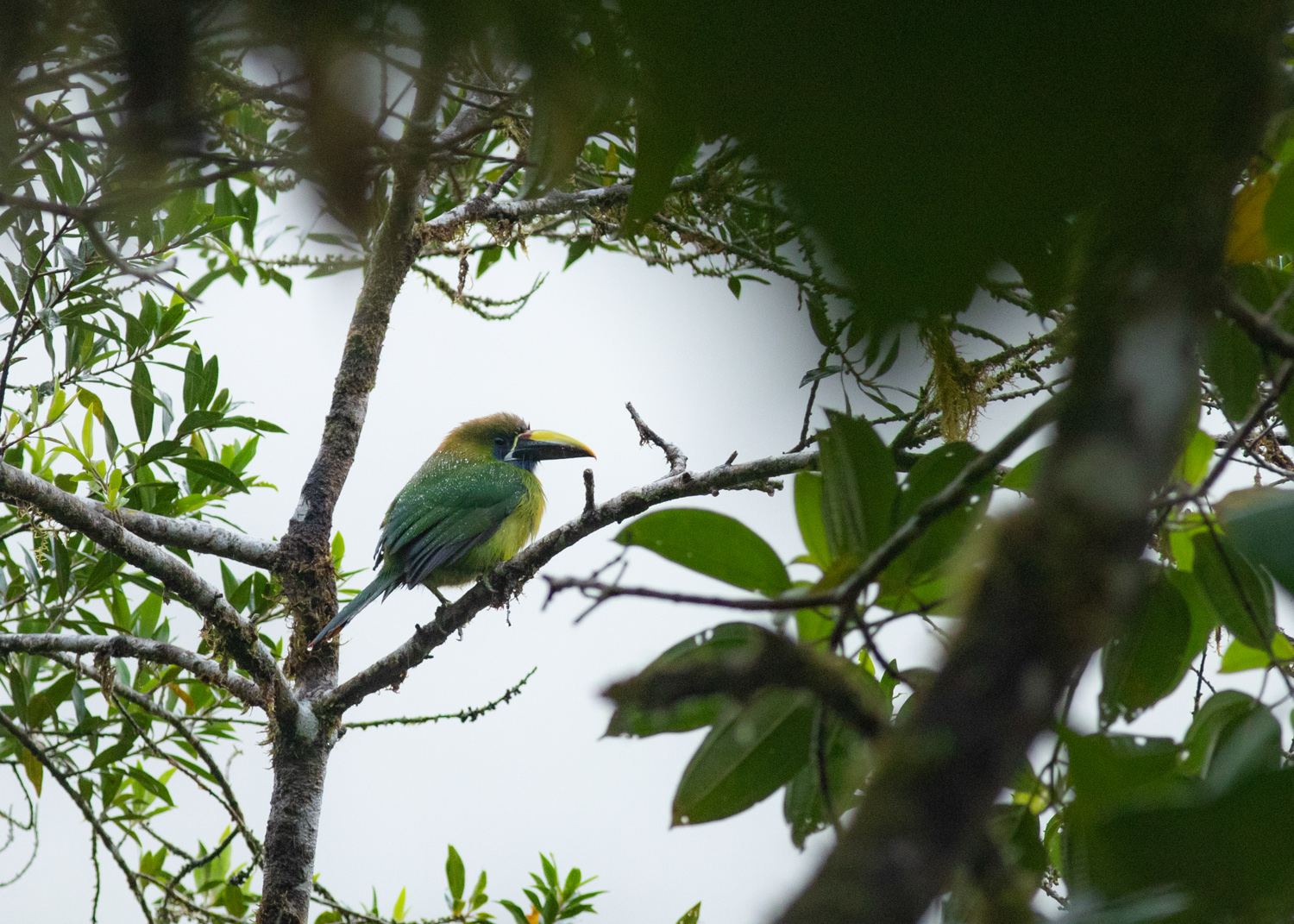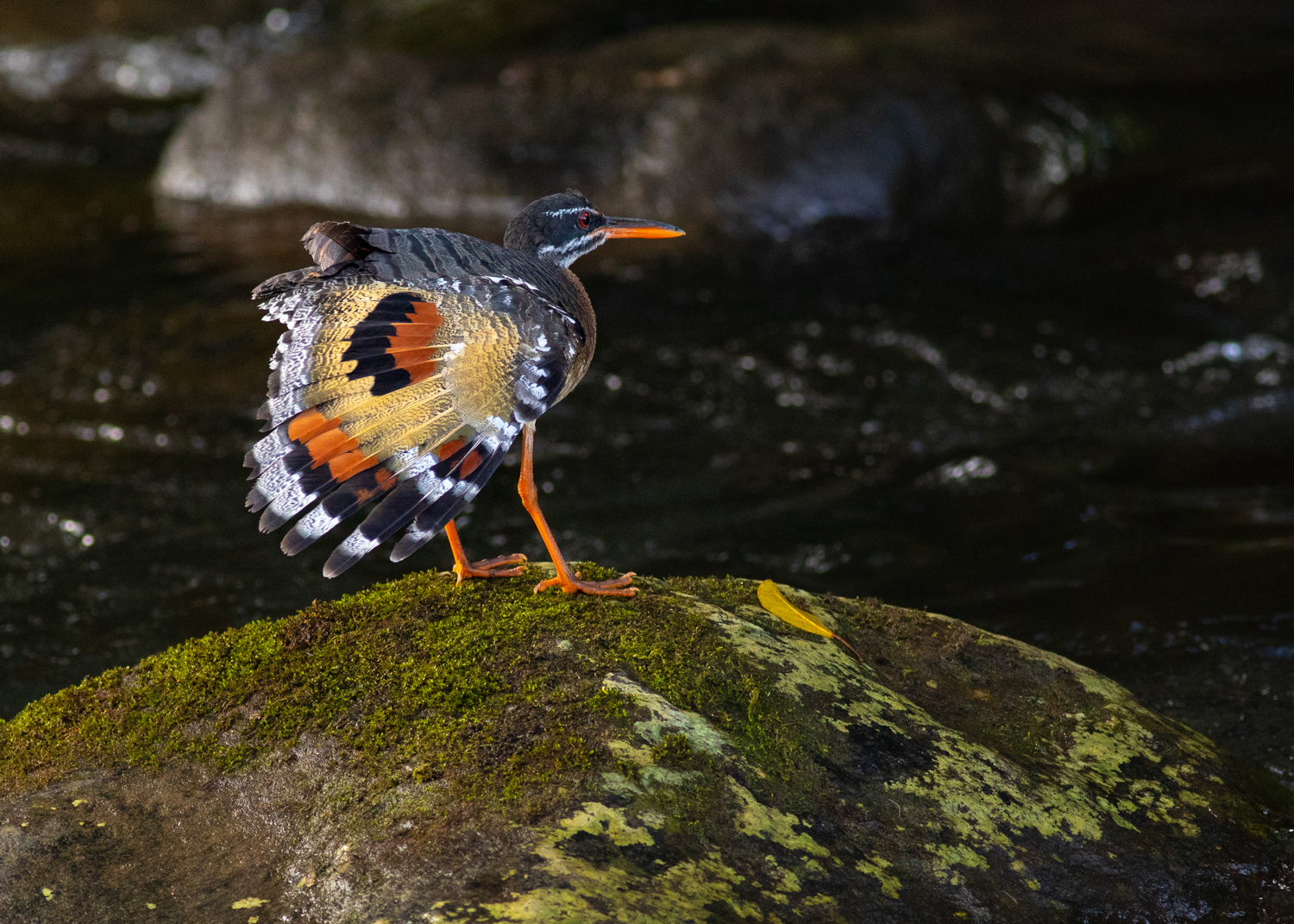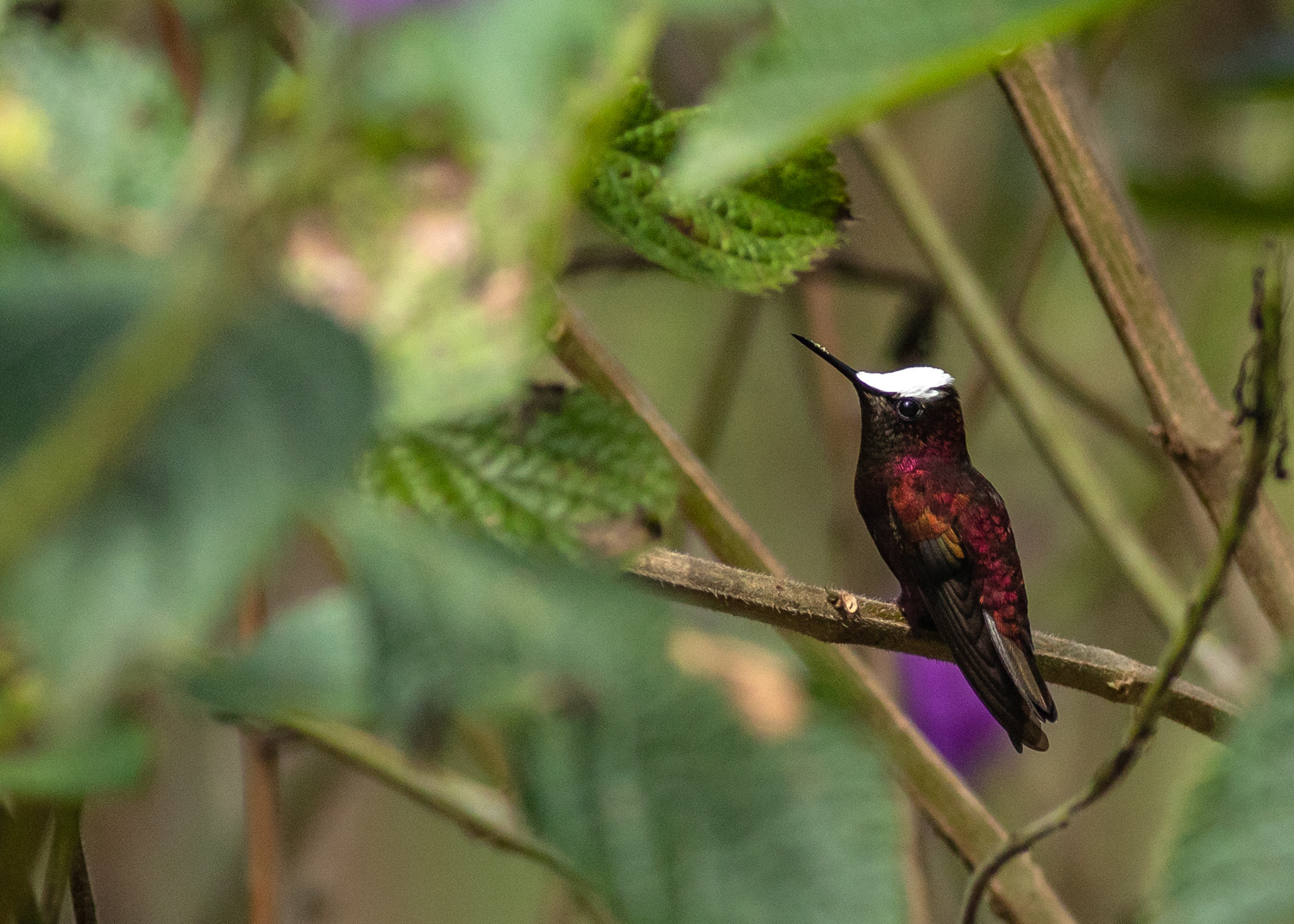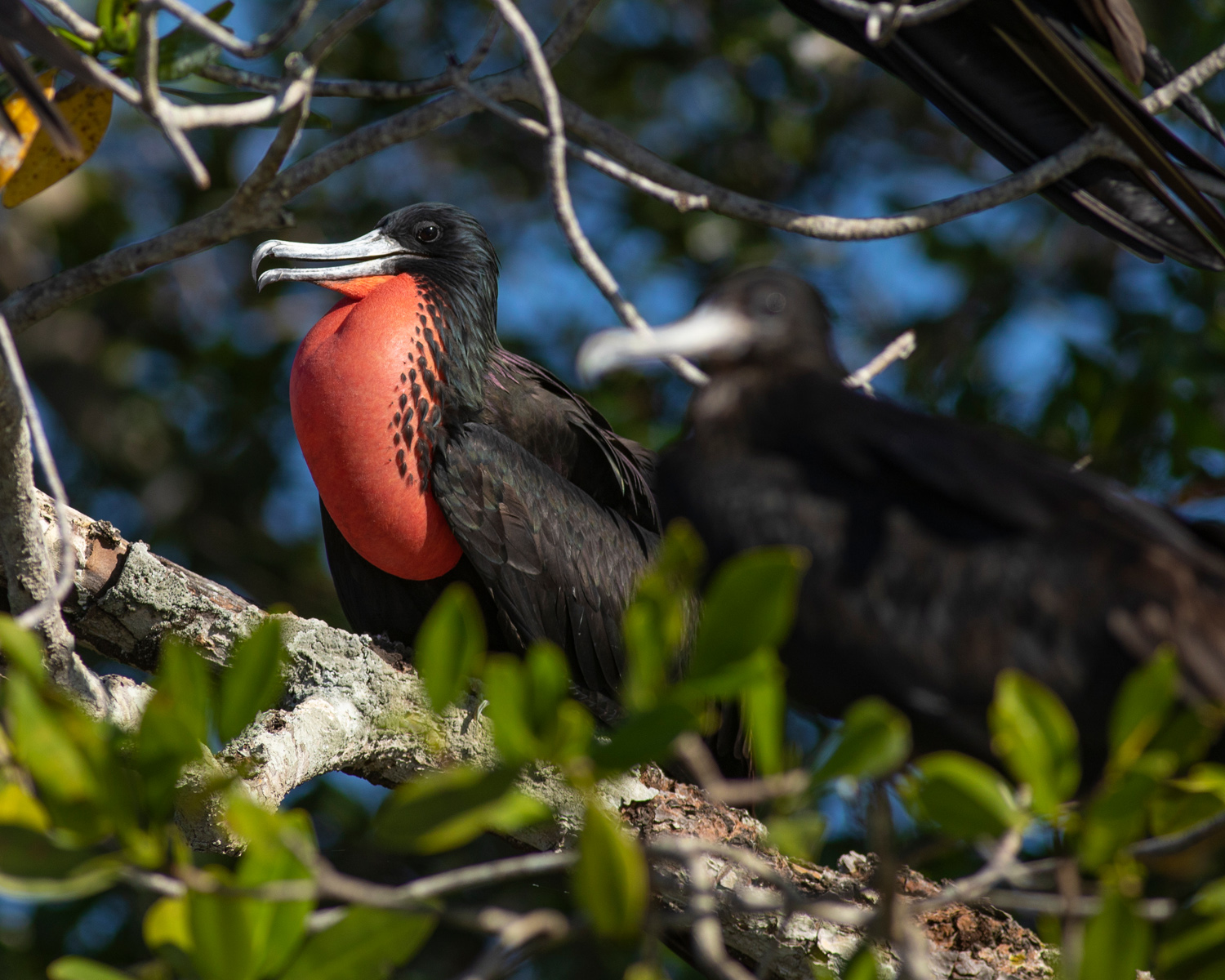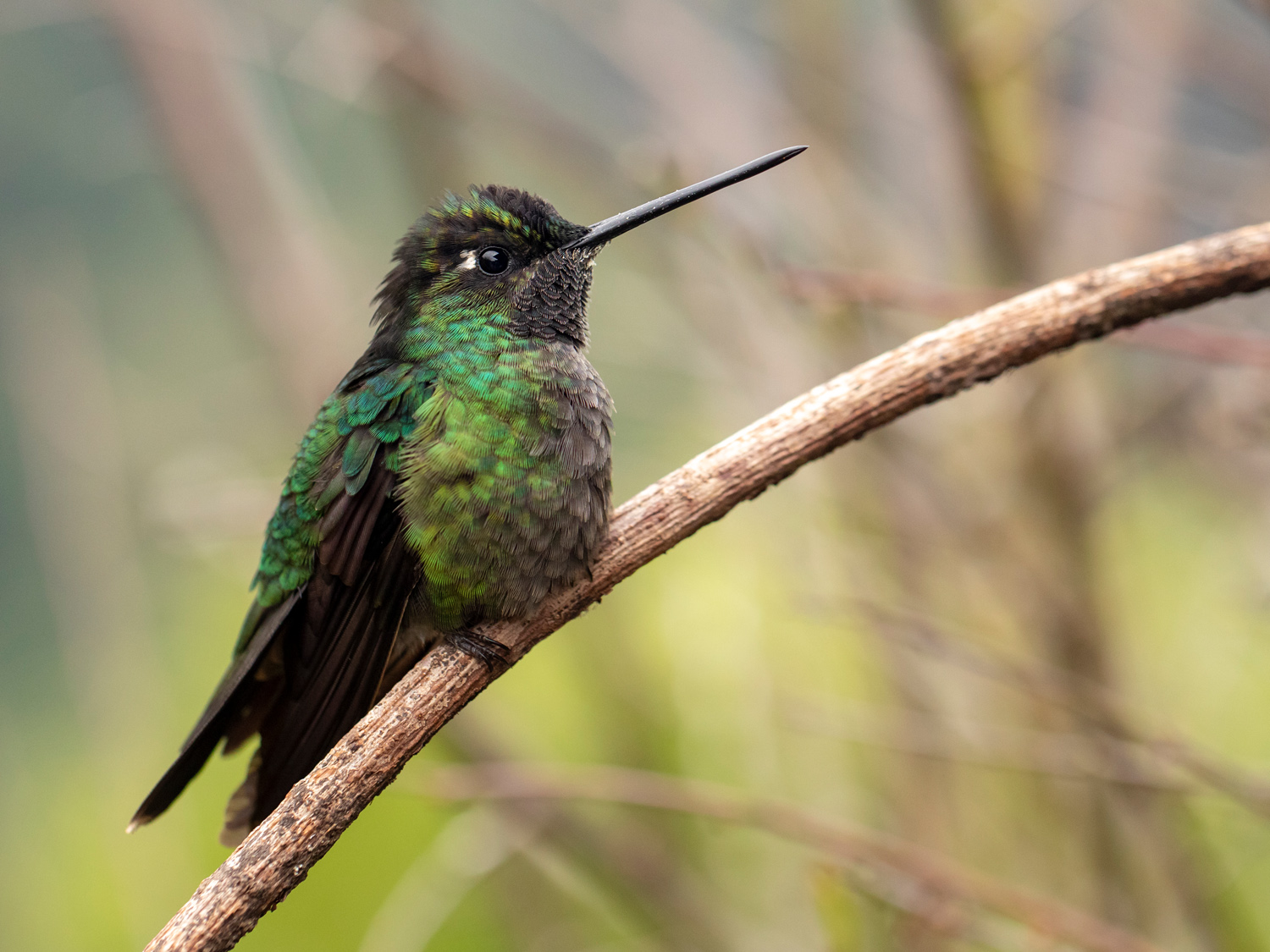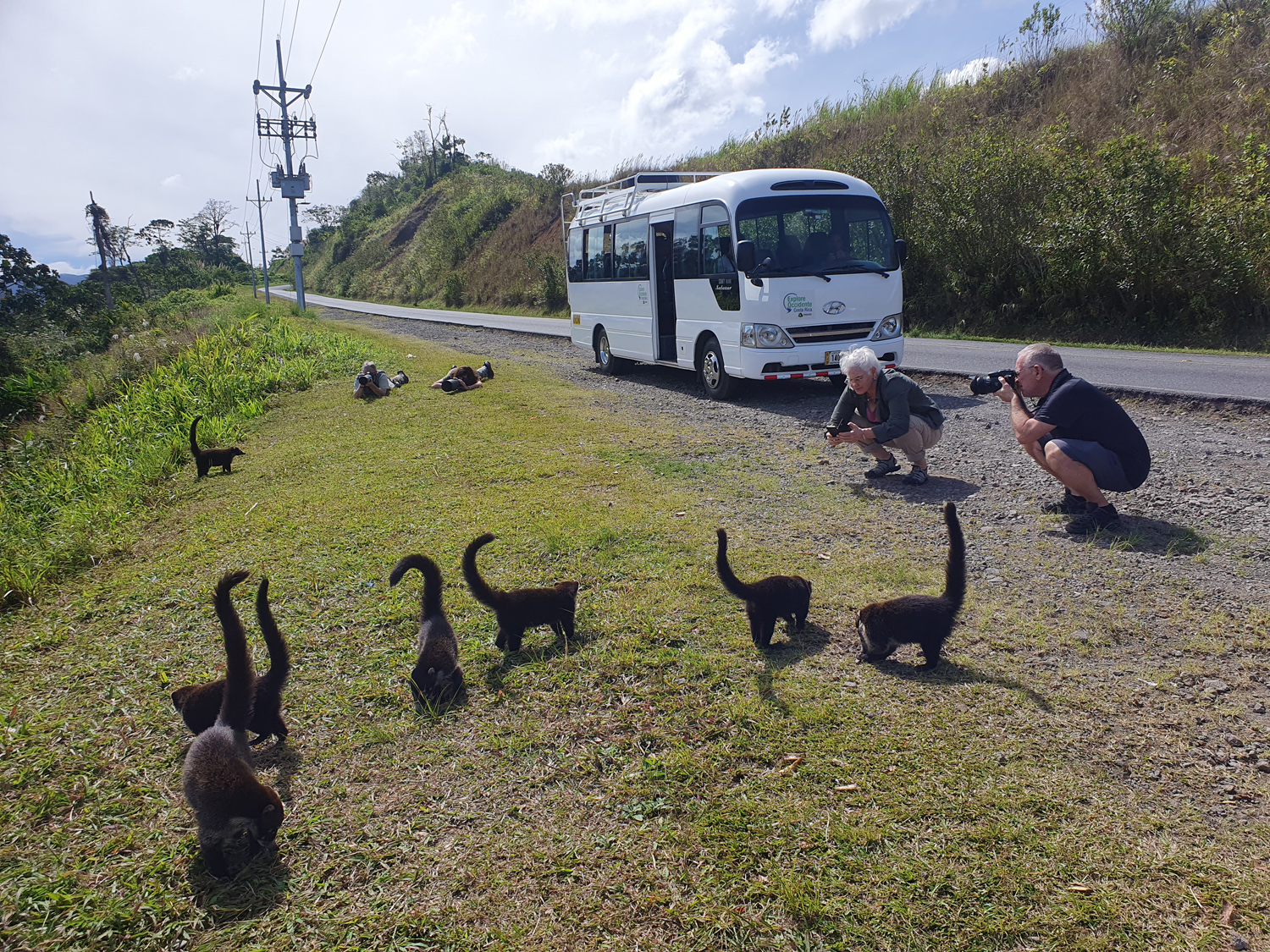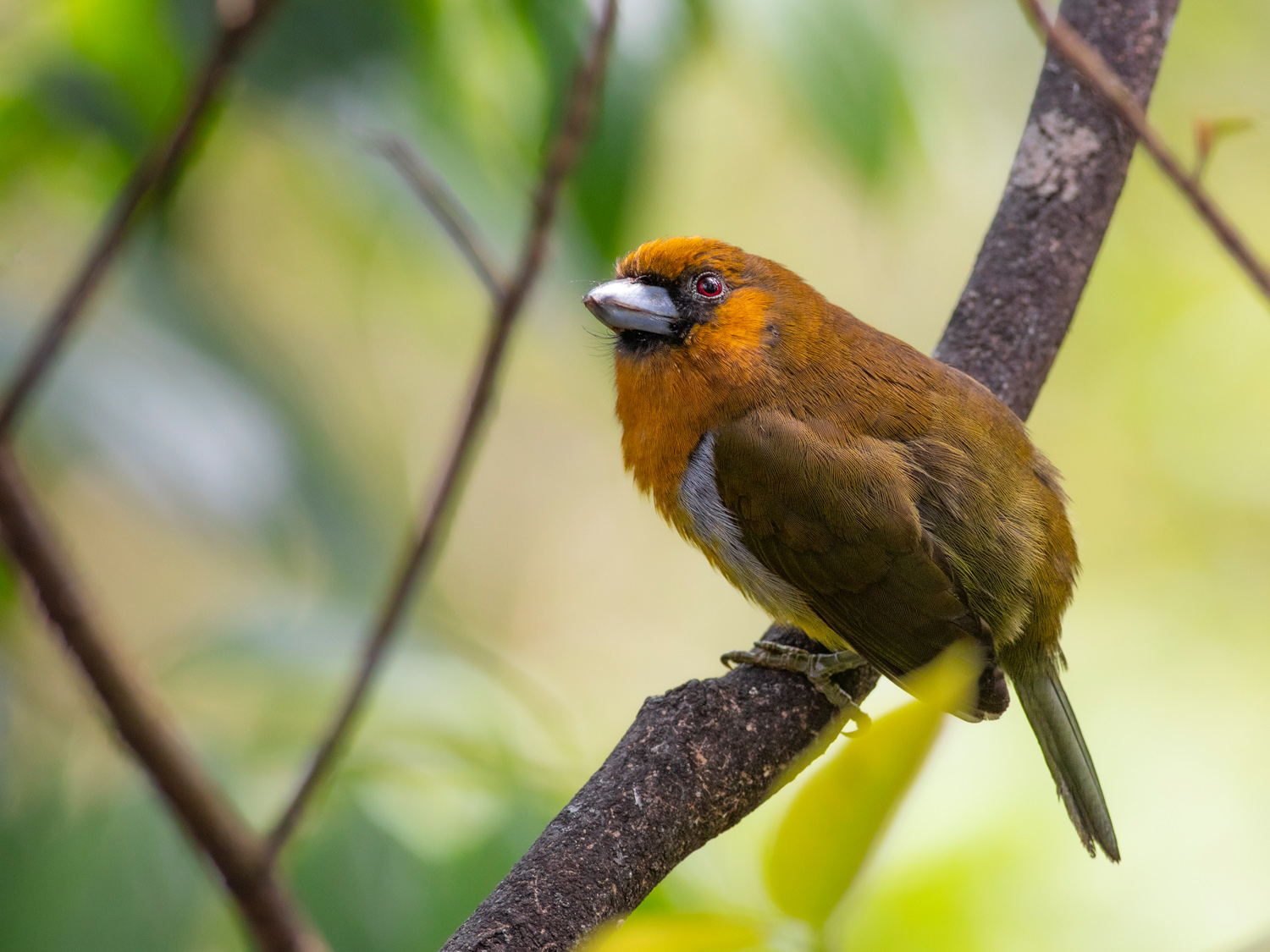Costa Rica
10 – 26 January 2027
+ extra week 26 January – 1 February
Costa Rica
10 – 26 January 2027
+ extra week 26 January – 1 February
10 – 26 January 2027
+ extra week 26 January – 1 February
Price: 62,900 NEW PRICE! 53 900 SEK per person in a double room (excluding airfare)
Single room supplement: 6 215 SEK
Price for extra week: 28.900 NEW PRICE! 25 900 SEK (excluding airfare)
Quetzals / Sunbittern / Hummingbirds / Motmots / Owls / Monkeys
Costa Rica – Comfortable introduction to the high diversity birdlife of central America.
Our traditional Costa Rica trip has been organized since 2012, with a couple of departures each year in recent years. It’s easy to understand why this is such a popular trip. Costa Rica is a destination that has it all: a peaceful, friendly country, with a diversity of colorful, unique birds and animals that are often easy to see and photograph, excellent bird guides, comfortable accommodations at nature lodges, many with bird feeders, short distances between various beautiful natural environments, and pleasant weather. Winter, especially January and February, is the driest time of the year, and it is not as hot as later in the year. Additionally, it is the start of the breeding season for many birds. With its excellent infrastructure for birdwatching, Costa Rica is also a very good introduction to the bird fauna of Latin America.
We stay at first-class hotels, located right in the midst of nature with birds and animals just outside.
We stay at first-class hotels, located right in the midst of nature with birds and animals just outside.
You’re invited to book a wildlife trip with us!
Whether you choose to travel with us to a distant land or to photograph eagles from a photo hide, you can rest assured that we:

